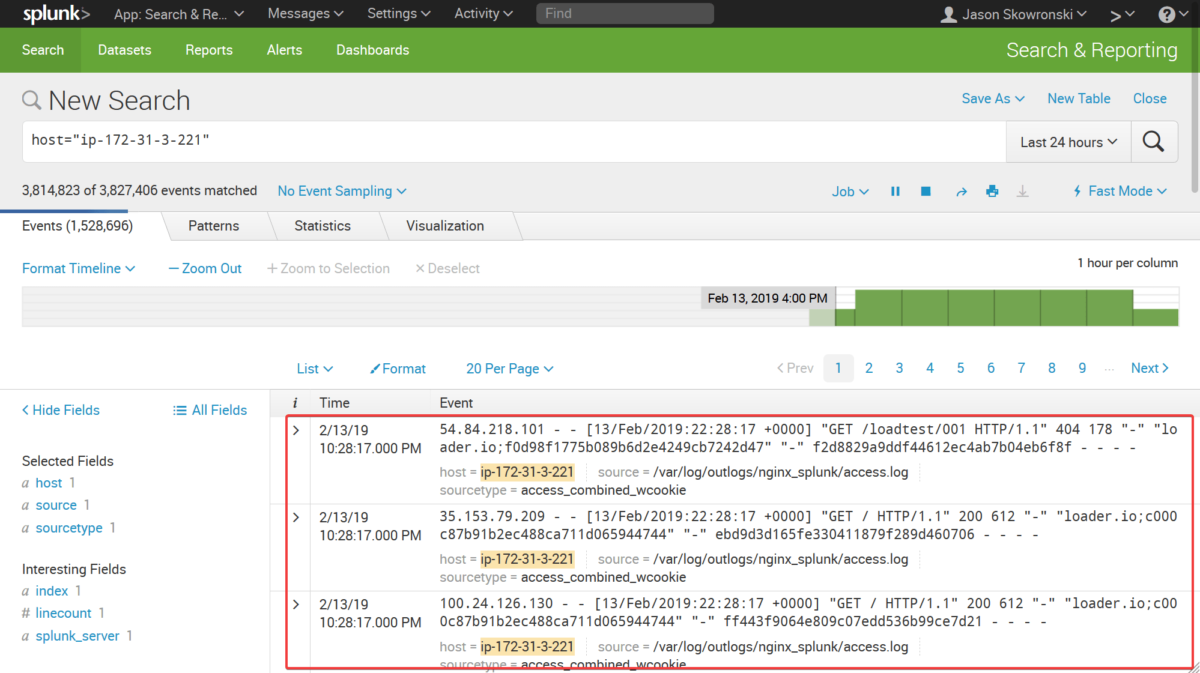Splunk Cloud vs. Loggly: 2019 Speed Test
April 24, 2019
The core ability to search through logs quickly and intuitively is the most important feature a log management system brings to the table. Being able to quickly and efficiently search through logs generated by an infrastructure stack allows DevOps professionals to rapidly find and address problems, as well as confirm deployments and configuration changes. Because raw speed has such a direct impact on the usefulness of these products, we will compare to see which performs the best.











